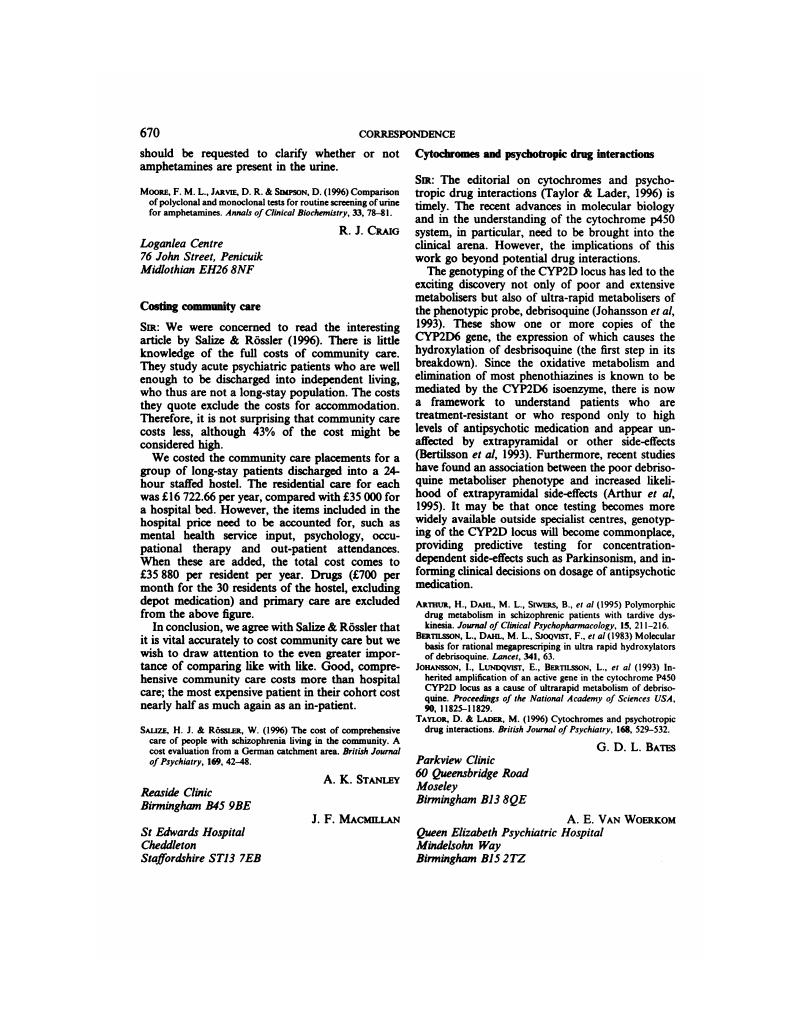Crossref Citations
This article has been cited by the following publications. This list is generated based on data provided by Crossref.
Dusi, Nicola
Cecchetto, Filippo
and
Brambilla, Paolo
2015.
Studies on Psychiatric Disorders.
p.
171.

Published online by Cambridge University Press: 02 January 2018

eLetters
No eLetters have been published for this article.